
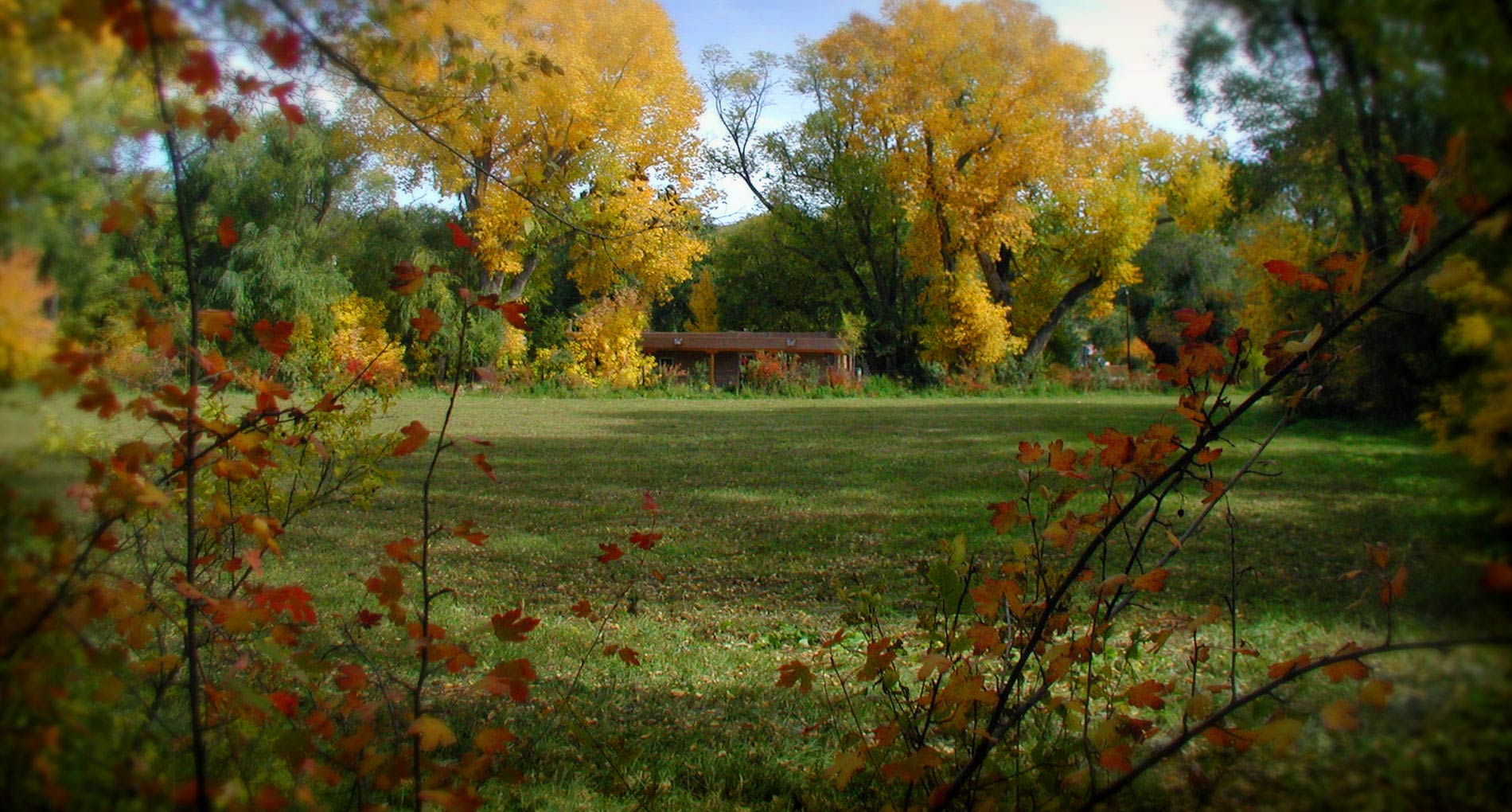
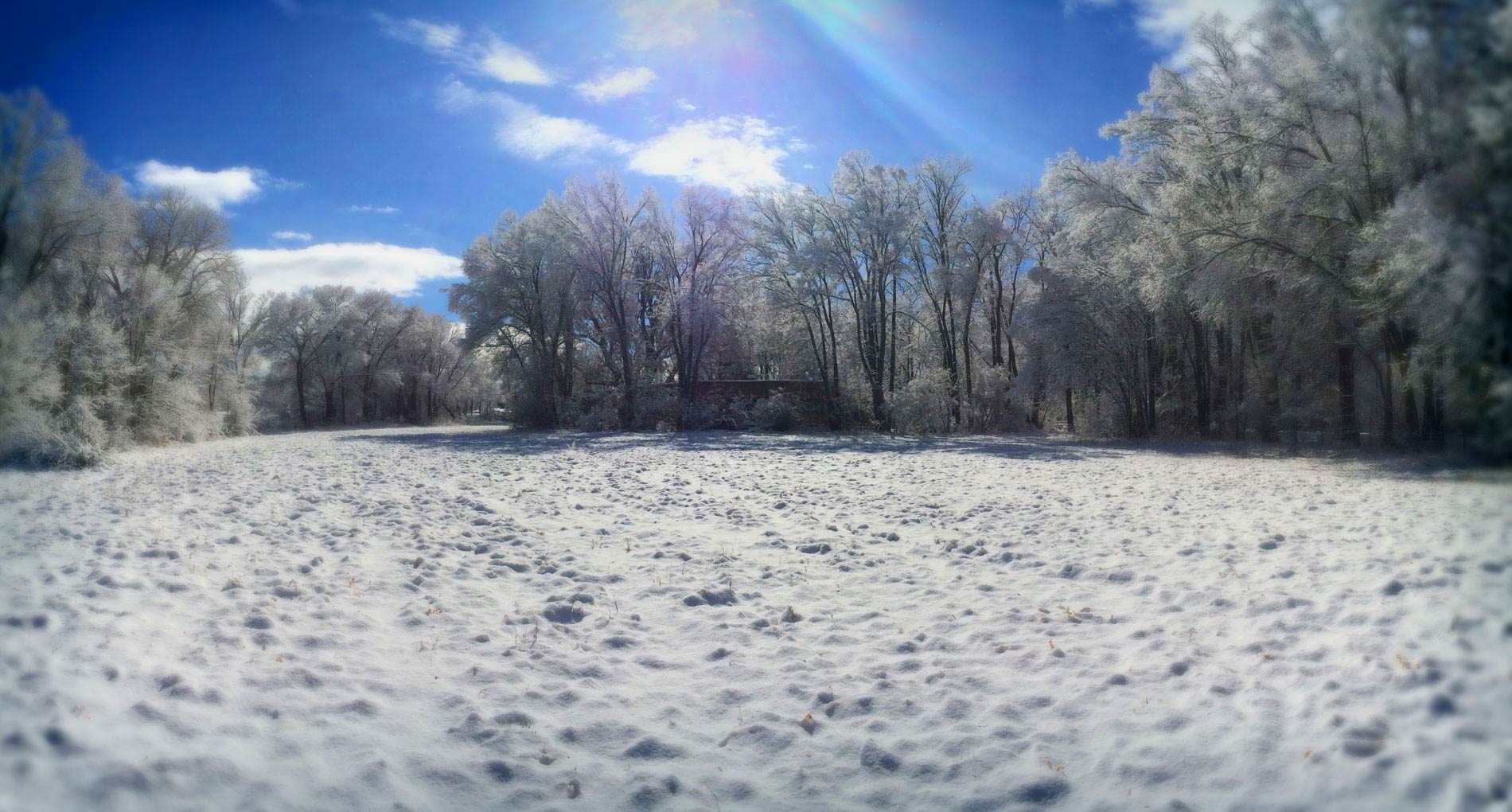
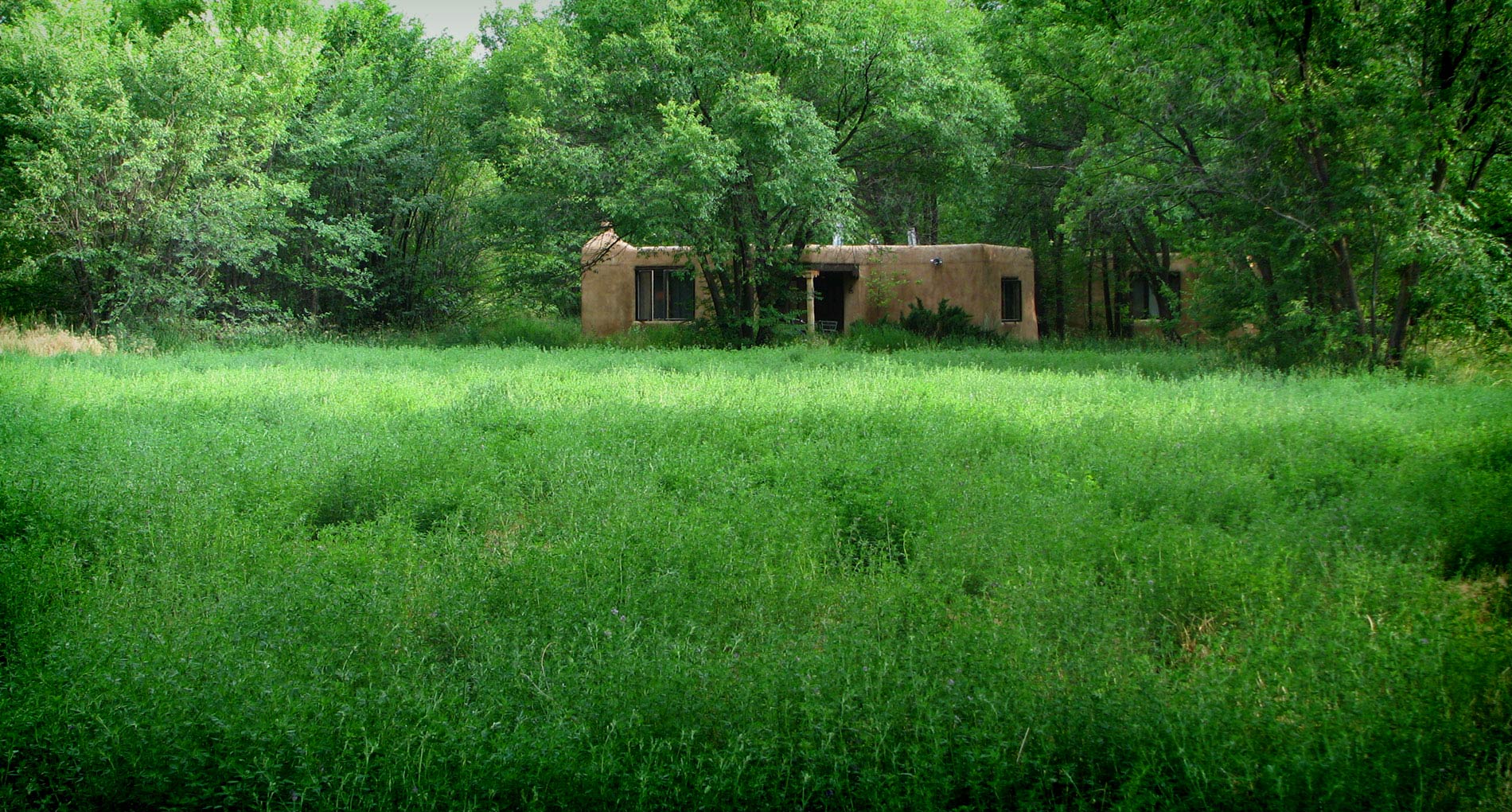




Meet Helene Billing Wurlitzer, founder of The Helene Wurlitzer Foundation in Taos.
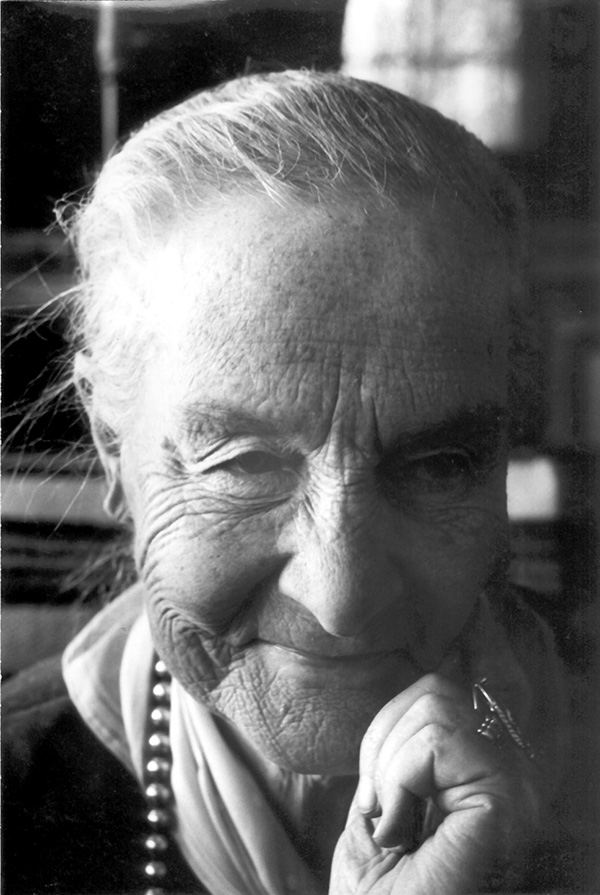
We, the trustees of the Foundation, have launched an effort to introduce – reintroduce! – a fascinating woman to the art world. We invite you to Meet Helene.
It’s an invitation for you to enter Helene Wurlitzer’s space in Taos, which has long been kept private. It is our commitment to become more active participants in the region’sart community by presenting information about Helene’s life and the causes she championed.Meet Helenewill encompass a wide variety of activities, art exhibitions, and new programming – all based on the principles of a woman who, through thoughtful philanthropy, quietly changed the Taos art community and impacted the lives of more than 2,000 artists, musicians, and writers who attended the Wurlitzer’s residency program.
We believe that if we want humans to live truly rich lives, we must make more space for artists of all mediums to experience unencumbered creative freedom.
Please join us!
-The trustees of The Helene Wurlitzer Foundation
The Helene Wurlitzer Foundation of New Mexico (HWF) is a private, 501(c)(3) non-profit educational and charitable organization committed to supporting the arts.
Visit our Team page to meet our Board of Trustees and Staff.
Who was this woman who gave so much to Taos, yet remains such a mystery?
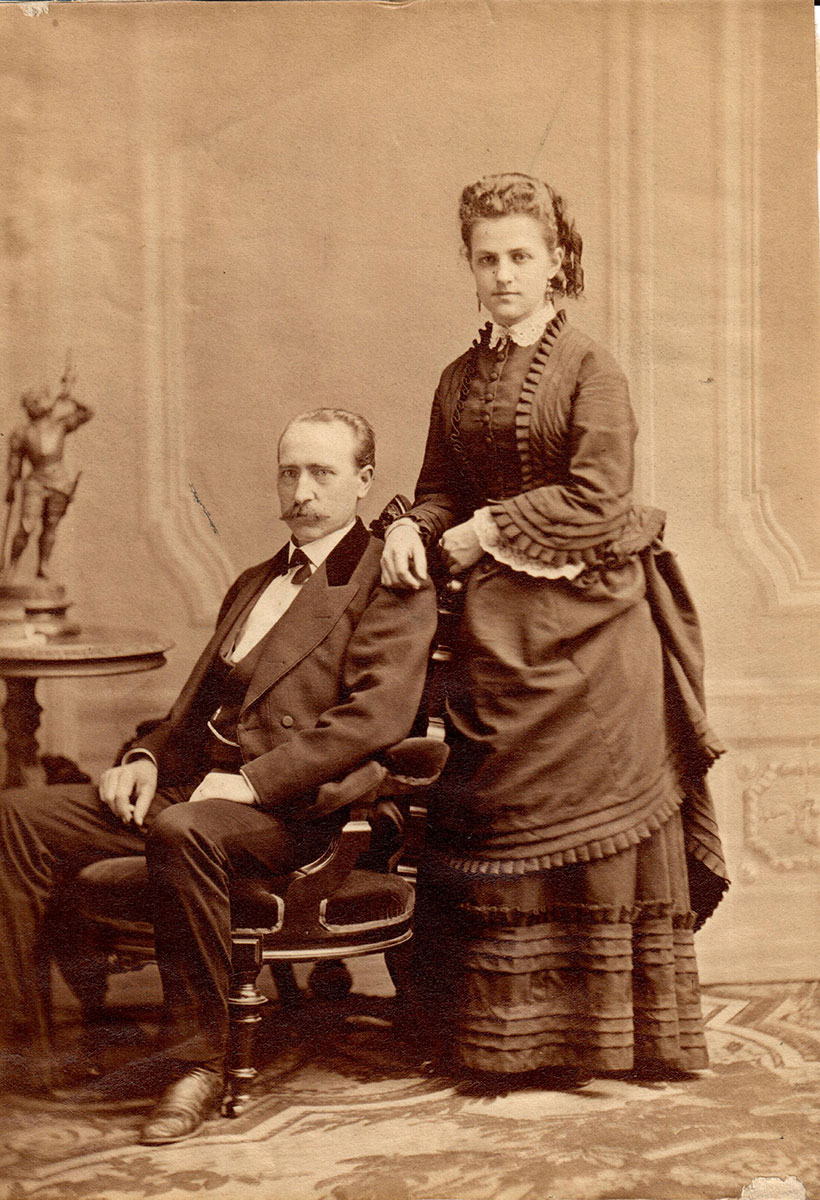
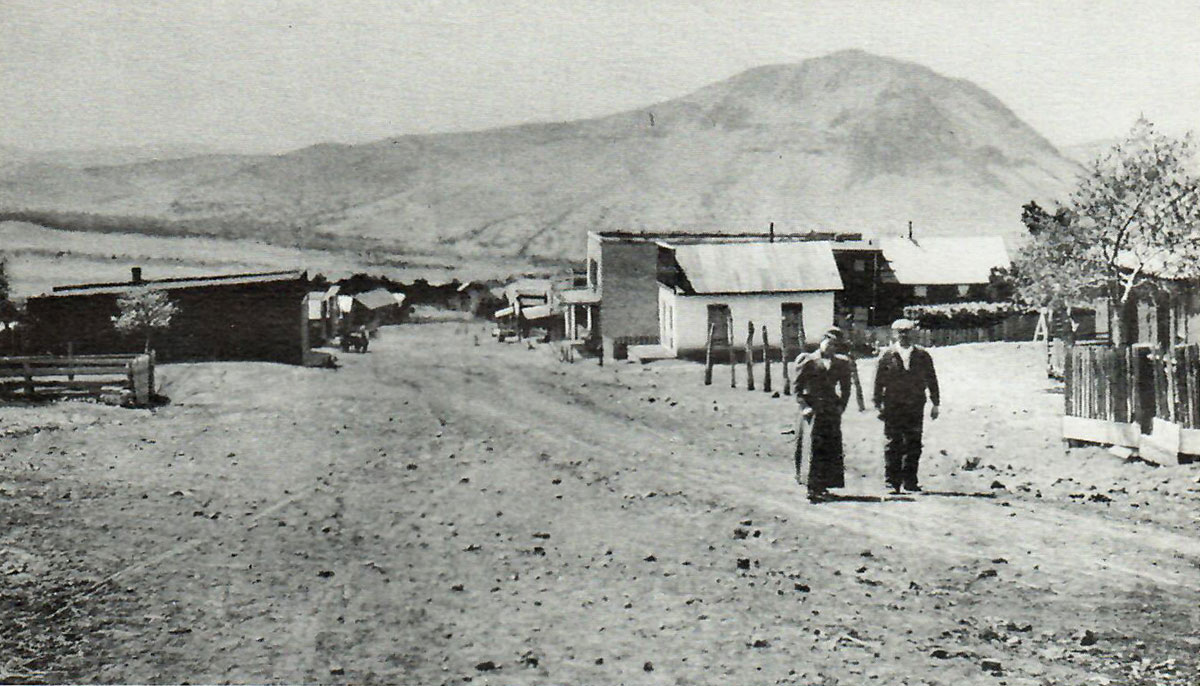
Helene’s story began in Salt Lake City in 1874 with her birth to German immigrant entrepreneurs who were in Utah developing a mining smelter. The family was soon running silver mines in Leadville, Colorado, and Socorro, New Mexico. It was in New Mexico that young Helene came to love the natural beauty and the people of the high-desert mesas. She was later educated in Cincinnati, Ohio, and in Freiburg, Germany. She studied art and music, and became fluent in languages.
In 1895, Helene married Howard Wurlitzer, eldest son of German immigrant Rudolph Wurlitzer, a musical-instrument manufacturer. Together, Helene and Howard grew their family and the music business while enjoying a vibrant social and philanthropic life in Cincinnati. Helene served on the board of regents at the Cincinnati College Conservatory of Music. During this time, she met Eduardo Rael, a young scholarship student from Taos who became an internationally known opera singer. Rael would later introduce her to his hometown, bringing her back to the New Mexico she had known and loved as a child.
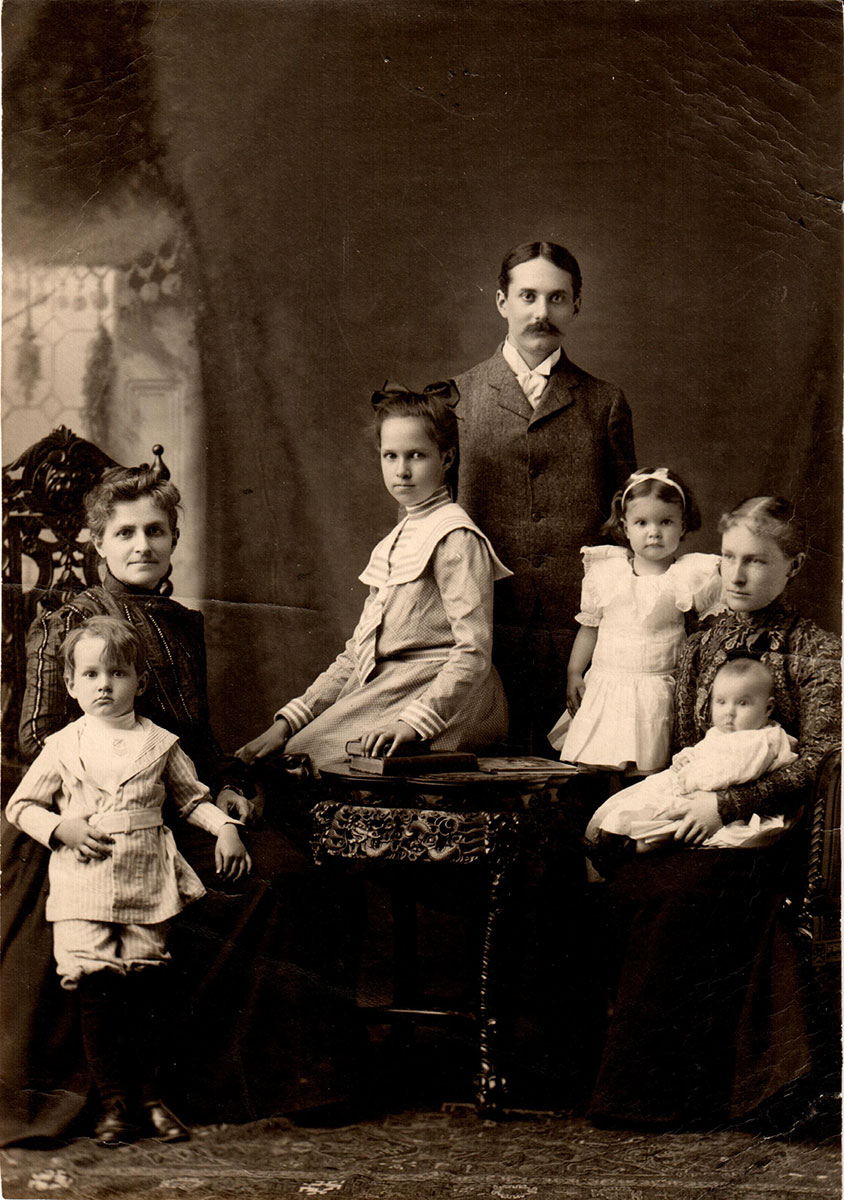
Helene persevered through difficult times. At 51, she lost a daughter. Her husband died three years later, when she was 54. She lost a second daughter not long after that. Her universe after these losses centered around art, music, and education. In Cincinnati, she developed and funded several humanitarian programs, academic scholarship programs, medical research, and other philanthropic endeavors.
In the 1930s, while involved with the College of Music of Cincinnati, she was instrumental in developing a radio and television department for the purpose of musical expression. She also set up a scholarship program. In 1955, the college bestowed on Helene an honorary doctorate for her contributions to the college and its students.
After her mother’s death, in 1939, Helene was ready for a lifestyle change. Eduardo Rael, aware of her losses, was instrumental in encouraging her to liquidate her estate in Cincinnati and move to New Mexico. At first she decided Santa Fe would be more suited to her refined upbringing, so she spent several weeks at La Fonda Hotel. During one of her visits to Taos, though, Rael invited her to a social gathering attended by the “Who’s Who of Taos.” Several days later, Helene approached Rael and said, “Well, Ahijado [godson], you win. I’m moving to Taos.” She purchased property near Taos Plaza and hired a local builder and craftsman, Arturo Vicente Martinez y Salazar, to build her adobe home. She was said to have attributed her decision to live in Taos to the “unhurried tempo of the Spanish people, the beauty and serenity of the area, and the quiet dignity of the Pueblo Indians.”
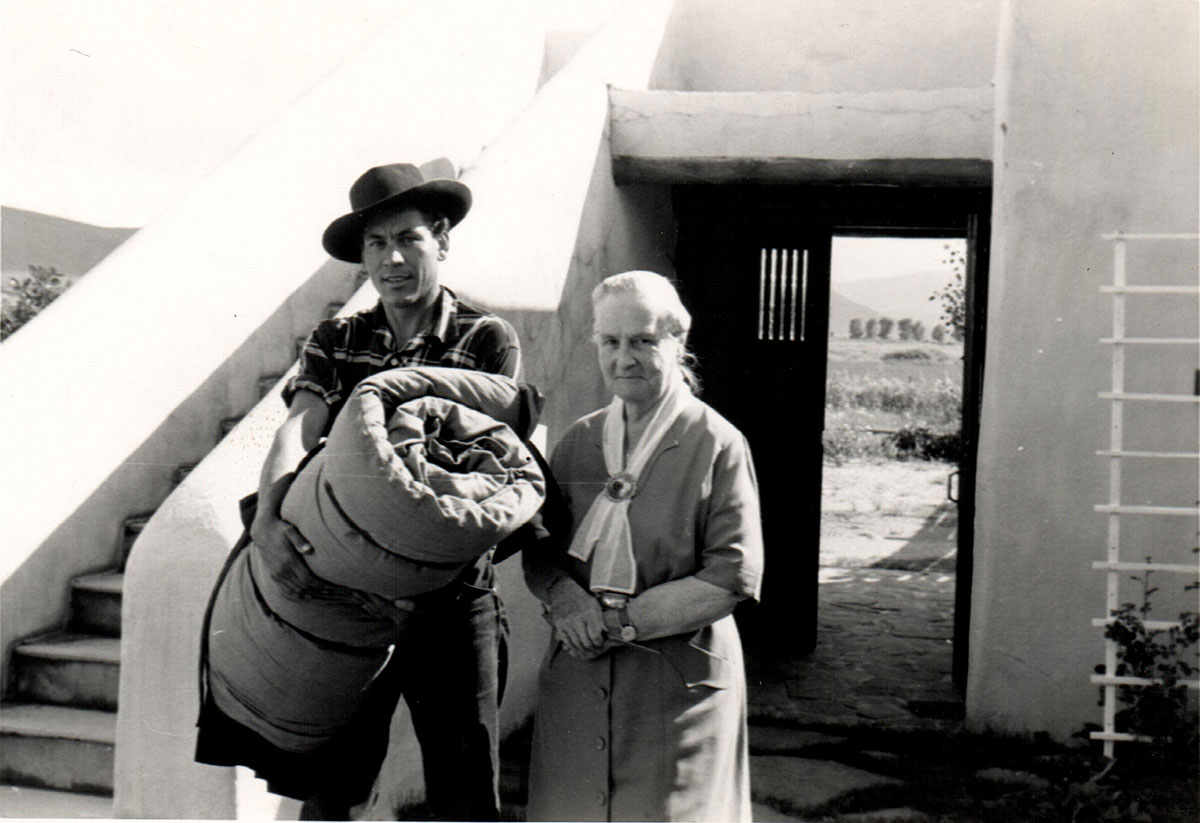
During her Taos years, which began in 1940, Helene befriended and supported artists, writers, and musicians from the Native, Hispanic, and Anglo communities. In 1954, she established the Helene Wurlitzer Foundation of New Mexico (HWF) to provide residencies and financial support for artists. Henry Sauerwein, a young intellectual from Baltimore, new to Taos, helped form the Foundation and led it alongside Helene for the last decade of her life. Helene died in her Taos home in 1963 and is buried beside Howard in Cincinnati.
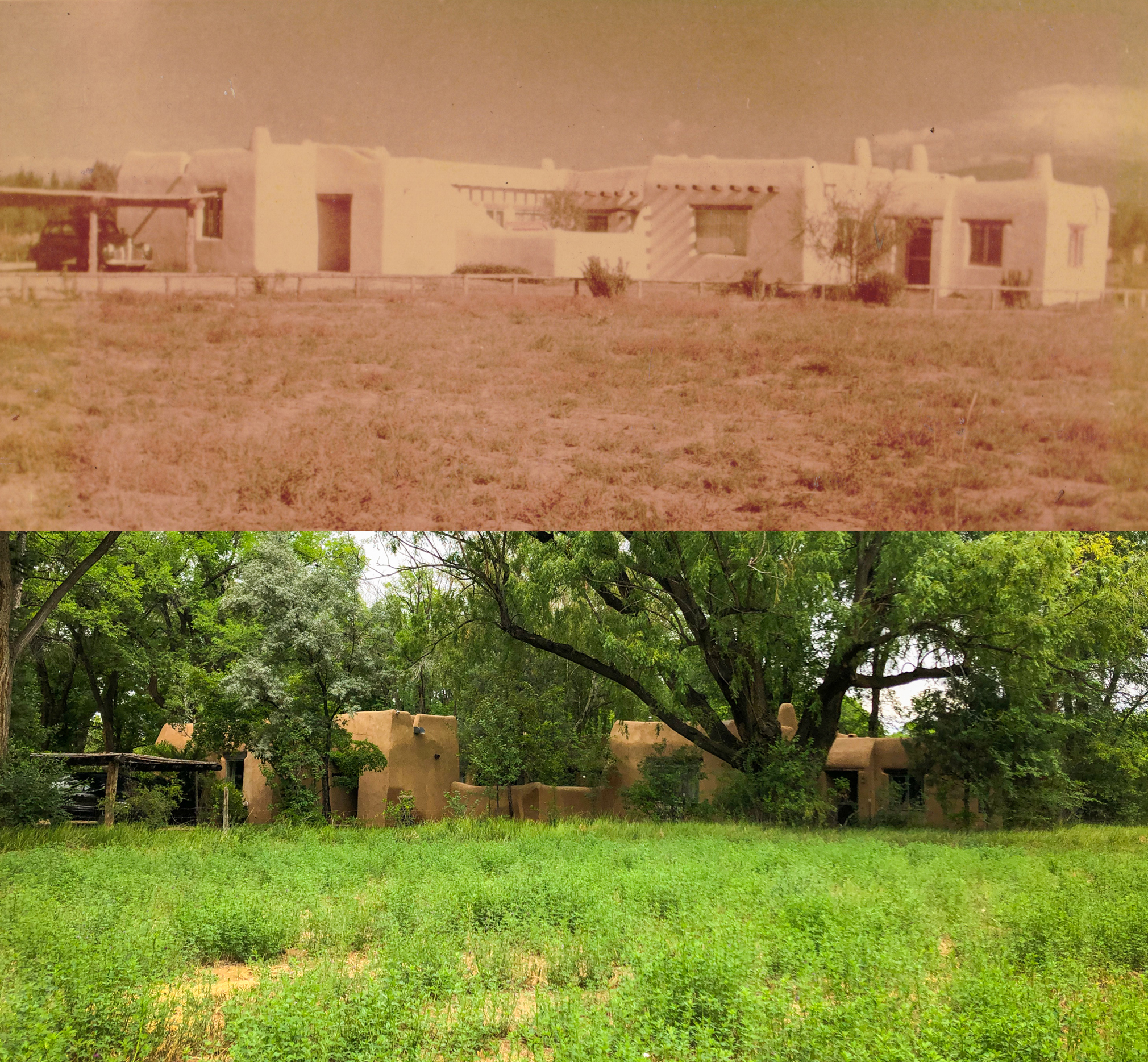
In 1940, when Helene decided Taos would be her new home, she purchased property from Eduardo Rael’s mother. The land was a short walk from Taos Plaza, the town’s center, and included three small adobe homes and acres of alfalfa fields. She lived in one of those casitas while her hacienda-style home was being built.
For 15 years, Helene spent summers in Taos and winters in Cincinnati, where she continued her philanthropic activities. Finally, she sold all of her Ohio property and moved everything – art, furniture, papers, and pianos – to Taos. She immediately began to acquire more property adjacent to her own land, including the Liebert home in 1956 and the Burch home in 1958. She also designed and built three new casitas. The end result was a campus with eleven residences for visiting artists, writers, and composers, in addition to her home and guest house.
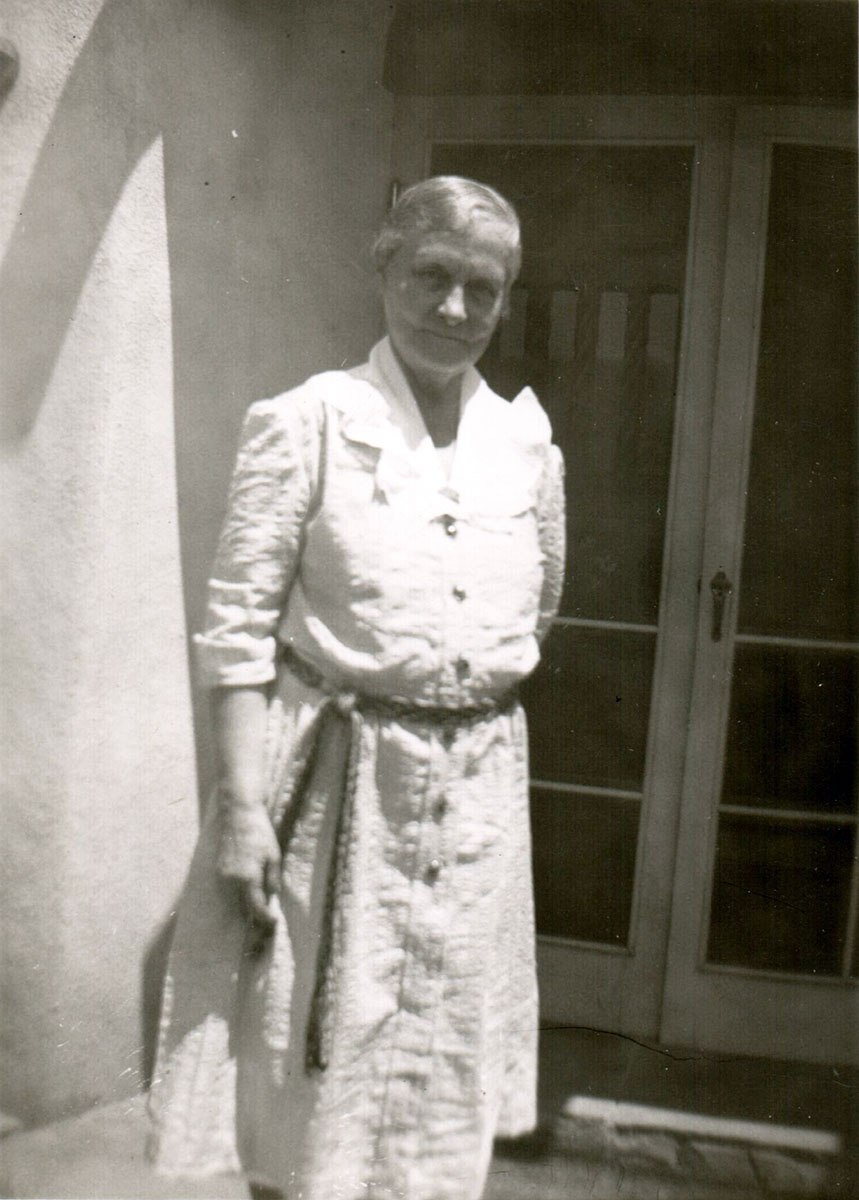
The original home of Helene Wurlitzer, the Main House, is a hidden treasure in Taos. It is an enduring example of classic Taos adobe architecture and contains a remarkable collection of art originally gathered by Helene, as well as newer pieces that are largely the product of artists who have been in residence.
The campus consists of open fields bordered by old-growth trees, still connected to a centuries-old network of acequias, a traditional means of supplying water to the Taos valley. The property continues to remain undeveloped, even amid the steady growth of the town surrounding the campus and the demand for prime real estate. In 2018, the Foundation began restoration on the acequias running through the HWF campus. By July 2019, for the first time in several decades, the acequias irrigating the southern part of the campus flowed once again.
15 acres with water rights
Casita #1 - Visual Artists (with art studio)
Casita #2 - Music Composers (includes piano)
Casita #3 - Literary Artists
Casita #4 - Music Composers (includes piano)
Casita #5 - Visual Artsts (with art studio)
Casita #6 - Visual Artists (with art studio)
Casita #8 - Literary Artists
Casita #9N - Literary Artists
Casita #9S - Music Composers (with piano)
Casita #10N - Literary Artists
Casita #10S - Literary Artists
Main House and Office
Guest House & Library open to residents
Commons House with laundry, kitchen, TV, WiFi, library
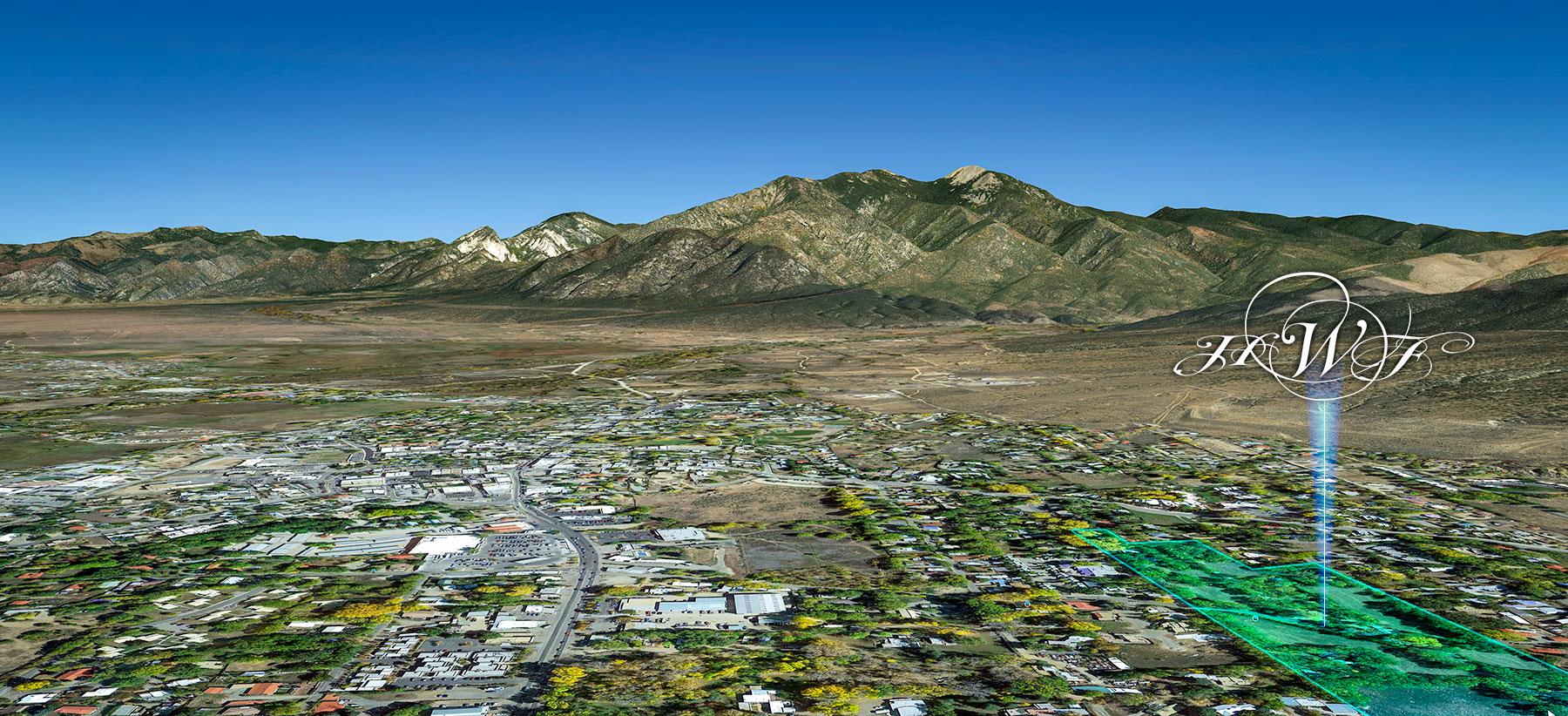
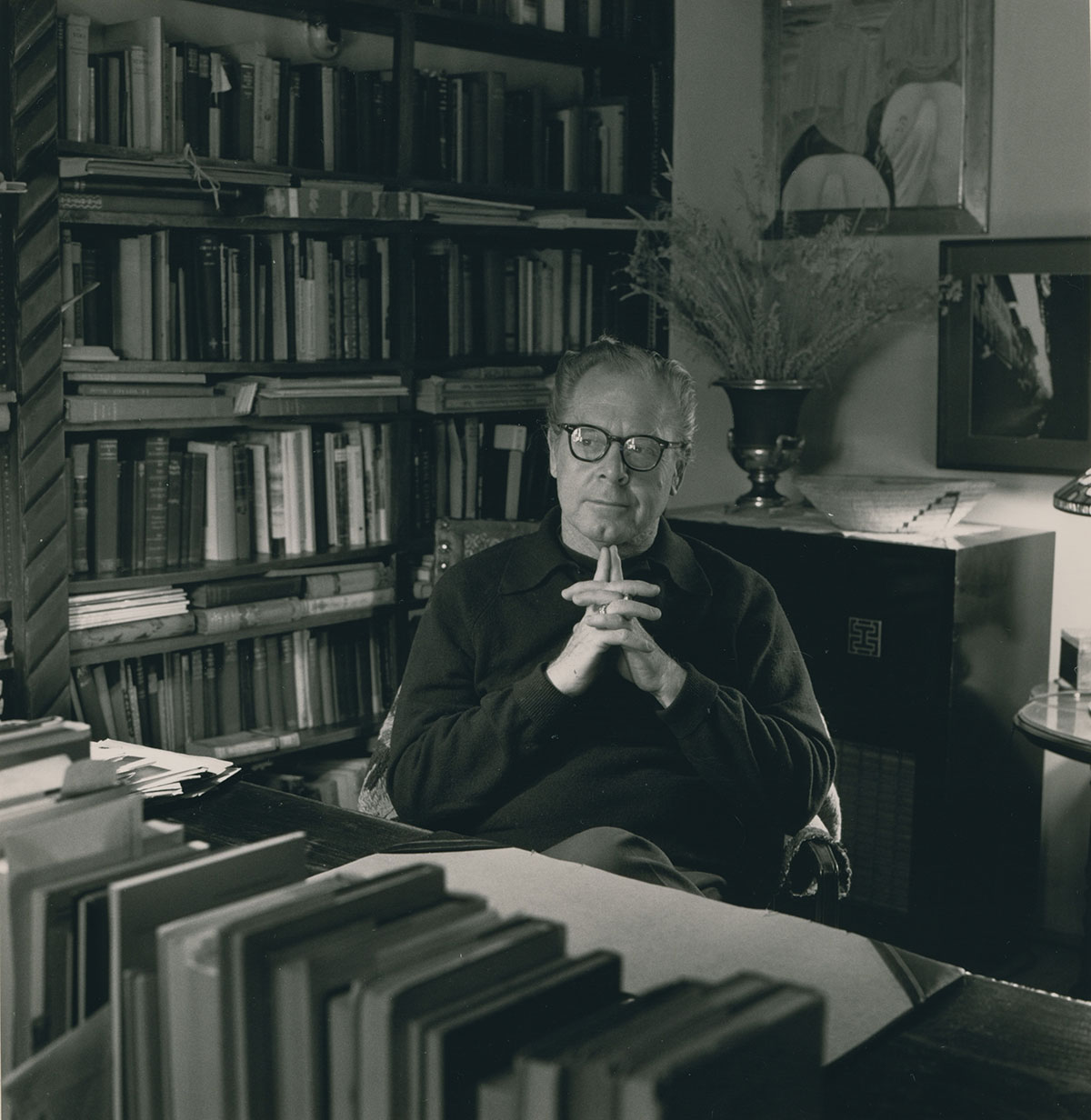
In 1954, Helene invited Henry Sauerwein to her home to discuss an idea. For years, she had used The Helene Wurlitzer Foundation (registered in Ohio) to facilitate her philanthropic interests. She wanted to move the Foundation officially to New Mexico, now that she was a full-time Taos resident, and asked Henry to help her conceptualize its purpose. The two decided to focus on an artist residency program with occasional, as-needed scholarships and living stipends for artists in need. The Helene Wurlitzer Foundation of New Mexico was born in 1954; two years later, it was federally recognized as a tax-exempt organization.
The structure of the Foundation was as much Henry’s vision as it was Helene’s. Henry served as director and Helene kept the activities funded. In 1963, at Helene’s passing, an endowment was established; Henry invested the funds wisely, making fundraising and grant applications unnecessary for well over half a century. The board of trustees, at Helene’s request, has always included members of the Native, Hispanic, and Anglo communities.
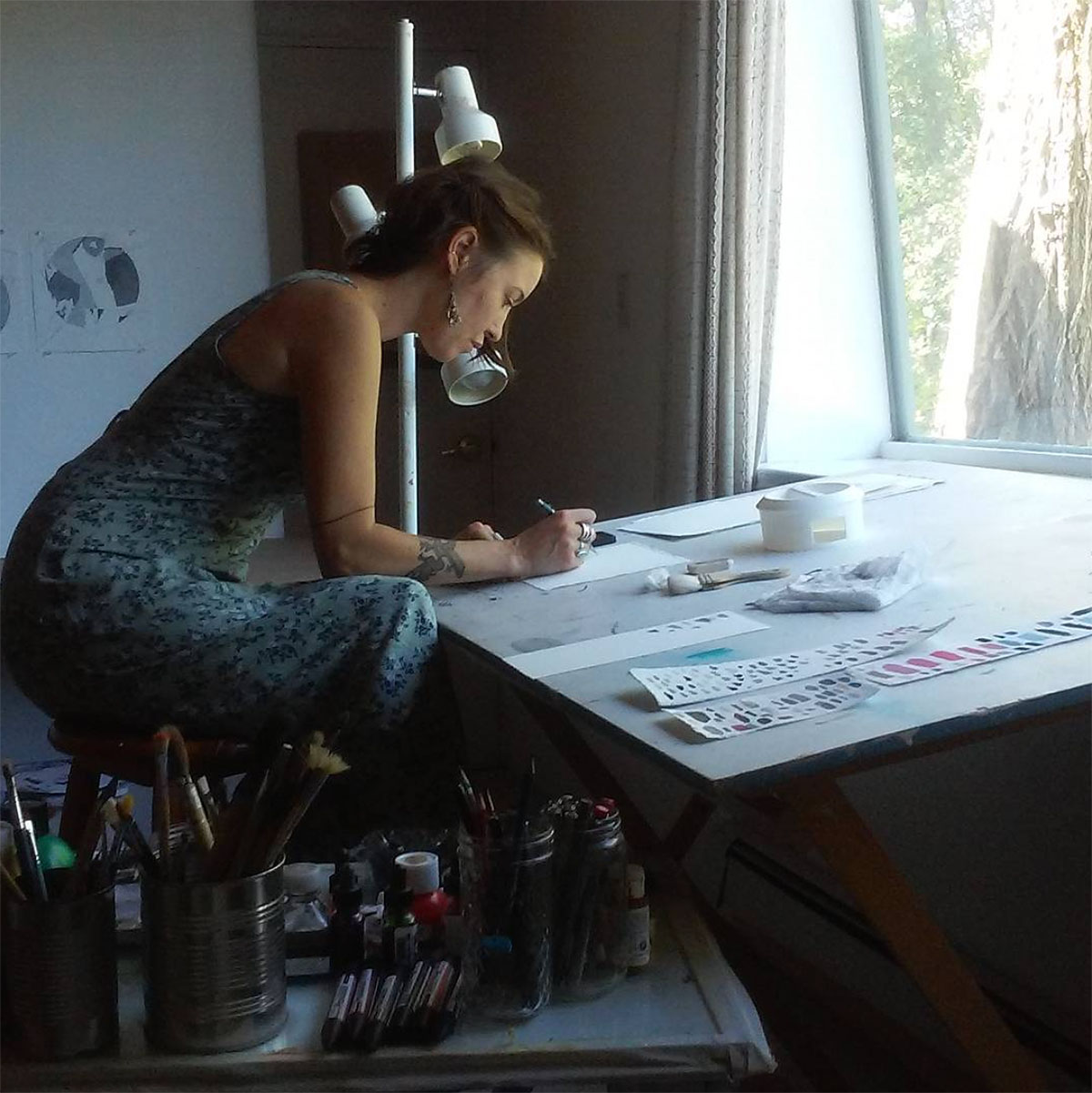
As a young intellectual who spoke many languages, Sauerwein had worked for the Pentagon before moving to Taos. He led the Foundation until his death, in 1996, when the directorship transitioned to his assistant, Michael Knight. After 17 years, Nic Knight took up the mantle, in 2015. It is indeed a rarity to encounter a 66-year-old foundation with the continuity of just three directors since its founding!
The Helene Wurlitzer Foundation artist residency program is now the oldest such program west of the Mississippi, offering residency grants to painters, poets, sculptors, writers, playwrights, composers, photographers, screenwriters, and filmmakers – of national and international origin. Residents are selected by a panel of jurors who specialize in the artistic discipline of the applicant; initial selection is based purely on the merit of their creative works.
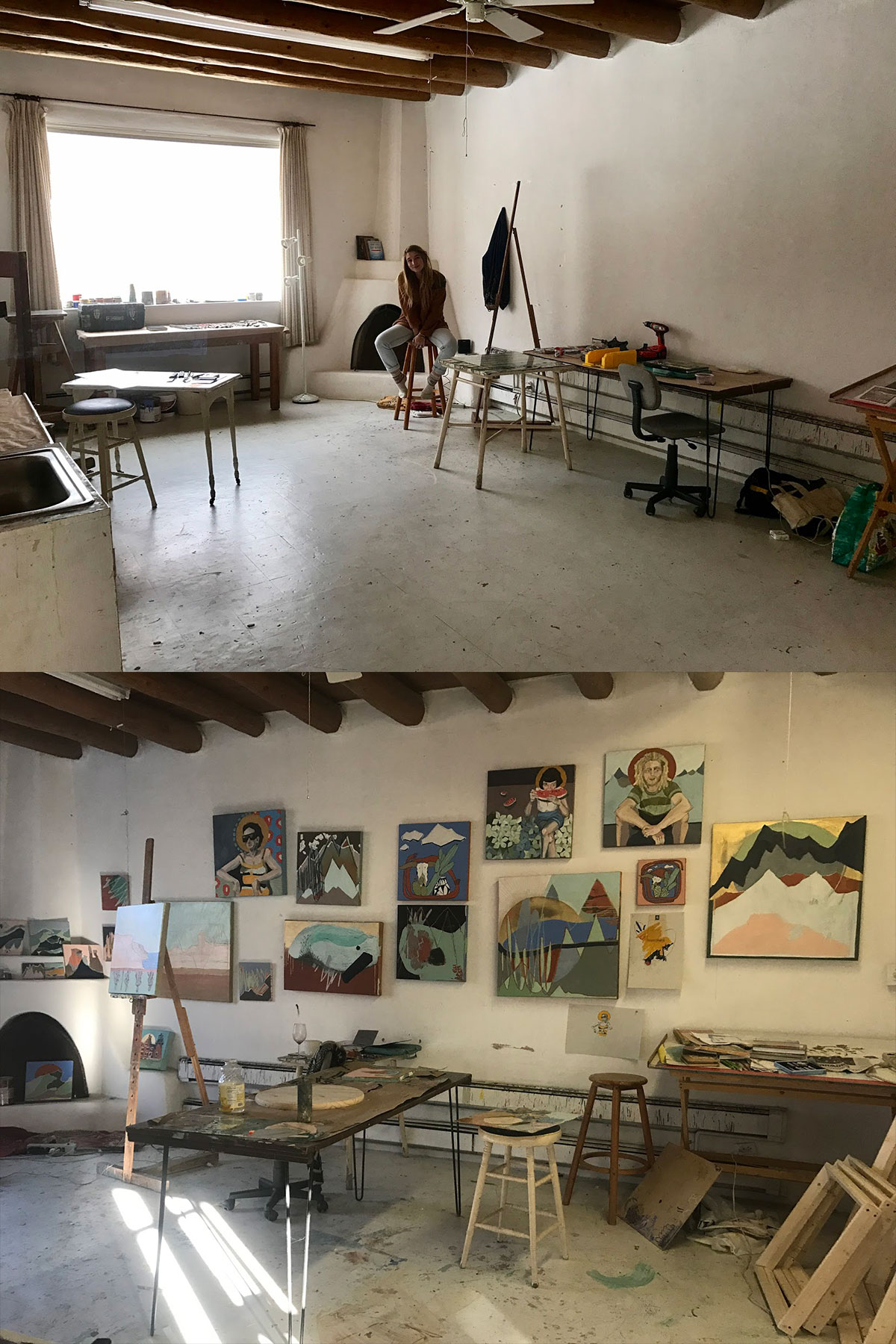
Each year, three sessions (two at 12 weeks and one at 10 weeks) bring a total of 33 artists to Taos to enjoy solitude, nature, and the tri-cultural community of Taos. The campus includes five casitas for literary artists, three with studios for visual artists, and three with grand pianos for musicians and composers. All are fully furnished and equipped with kitchens. A Commons House and a Library are centrally located on the campus for residents to gather and visit. (Application Page)
Unique to this program is the fact that artists in residence have no imposed expectations, quotas, or requirements during their stay on the HWF campus. Helene believed completely in supporting artists in their process, and she understood the ripple effects that unburdened personal investment can have on a creative life. The residency program therefore provides the artists with the time and space to create, which in turn enriches the artistic community and culture, both locally and abroad.
The Foundation’s mission says it all: Support the artist and the creative process
Ansel Adams
Agnes Martin
Andrew Dasburg
Early Stroh
Emil Bisttram
Kai-Sa (Percy Sandy)
Patrociñio Barela
N. Scott Momaday
View all HWF artists on our Alumni page.
Helene Wurlitzer believed that artists connect us to our humanity. She lived her life by that belief.
Intelligent, sensitive, and generous, Helene was an innate philanthropist. She understood that she had gifts that could and should be shared, and she felt that it was her mission in life to help others, and especially to support artists.
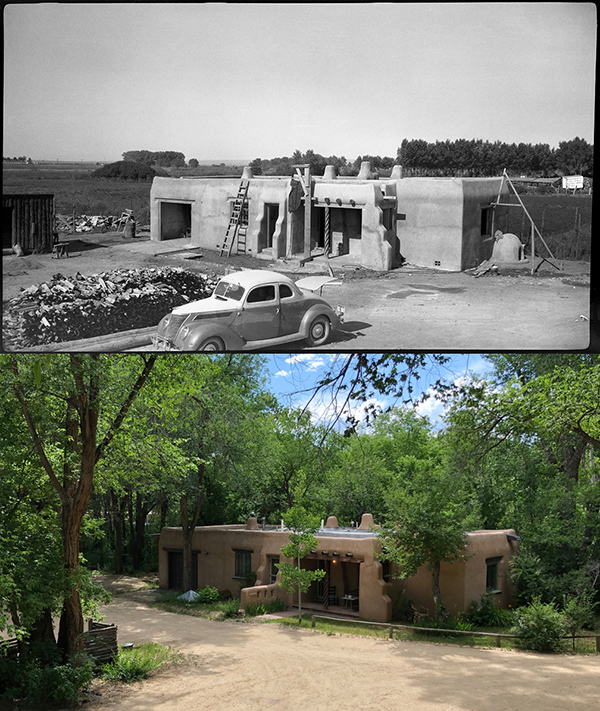
The Helene Wurlitzer Foundation is an increasingly rare place in this world, one where artists can come to find space and peace, with no demands on them but that of their own creative spirit.
Helene left a legacy to continue her work through The Helene Wurlitzer Foundation. Its beautifully simple and profound mission is to support the artist and the creative process.
For this legacy to endure, we need more art patrons who believe, as Helene believed, that for humans to live truly rich lives, we must offer unrestricted space and time for artists explore the creative principle.
We ask you to consider a gift to the Foundation, to continue this rare investment in the creative process for the sake of the artist.
Thank you,
Peggy Nelson, President, HWF Board of Trustees
For nearly 70 years, The Helene Wurlitzer Foundation has offered artists the quietness of home, the bonds of community, and the gift of time. To continue to offer this, HWF relies on a small endowment and annual development activities. However, for the Foundation to maintain relevance in the art world, while staying true to Helene’s legacy of time and place, we have set a goal of raising $1 million over the next two years. This achievement will help secure HWF’s programs for the coming decade.
HWF seeks to build upon the Foundation’s programs through five areas of interest. Each area will comprise the whole.
1. Continue to invite national and international artists to create in Taos. Make Taos known as a haven for visual artists, literary artists, and musical composers. Seeking $150,000
2. Expand scholarships and internships for emerging local artists, following Helene’s legacy of eliminating barriers to the creative process. Seeking $100,000
3. Create a land-stewardship initiative grounded in northern New Mexico’s land and water legacy. The scope of this initiative includes acequia reclamation, land restoration, and walking trails in the center of Taos. Seeking $100,000
4. Update eleven historic artist studios/residences. Ensure that all structures are safe and comfortable for residents, including improved electrical, plumbing, and fixtures. Seeking $350,000
5. Crystallize Helene’s legacy by documenting her story and maintaining her Taos home. Preserve, conserve and protect the home, objects, and other artifacts as a historic site accessible for guided tours, salons, and small gatherings. Create a book or a film on Helene’s life. Seeking $300,000
Please visit our Alumni page to read all of our alumni testimonials, and to learn more about our past residents.